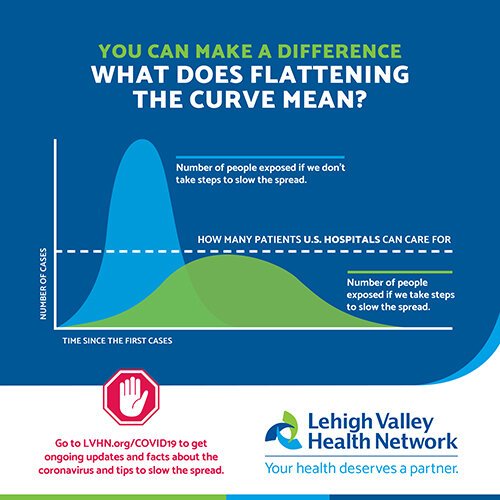A Missiology of Social Distancing: Ministry Innovation in the Midst of Biosecurity Events
This post first appeared on March 20th, 2020 in the Voice of the Circumpolar blog.
The extent to which biosecurity events like this current COVID-19 pandemic affect the world, including mission, are yet to be determined. But big changes to ministry are (probably) coming and things may never be the same again. It may leave a lasting impact on various contexts for generations to come.
We need to think through how “social distancing” will affect communities and peoples- if this Coronavirus continues off and on for 18 months, there may be a psychological crisis worldwide as well. Suicide, depression, pornography, substance abuse, etc. are likely to rise.
If infection curves do not flatten, and health care systems are stretched beyond capacity, then the Church could step up and serve (indeed many are already), but it will require personal sacrifice. Some could even die.
One relevant case study is a West African movement that was featured in Miraculous Movements. When the Ebola epidemic began in 2014, they were planting 2,000 churches per year. It decreased to 200 per year during the 18 month crisis.
But the movement met needs that the government was unable to- church planters volunteered to serve in remote areas. The radio station that was being used for evangelism and preaching began an awareness campaign to counteract the rumors that Ebola was just a CIA conspiracy. Several volunteers died after traveling to villages to teach those who had no awareness of how their burial customs were spreading the virus.
Credit: Hugh Kinsella Cunningham/EPA, via Shutterstock
These volunteers built such goodwill with those communities that many churches were planted after the epidemic ended in 2016, and the movement continued. We could draw similar examples from the early church’s growth during the plagues in the Roman Empire.
Such a loving response requires a robust theology of suffering. We will need to learn to pray. The marginalized and the invisible in our communities will be the most vulnerable.
During social distancing, we need to examine how the use of various internet technologies will affect the "diffusion of innovations" in communities, especially as it pertains to the gospel. What will happen to large, attractional, program-driven churches? Will ecclesiology become deinstitutionalized, and could this enable discipleship movements?
Or will oikos (social-familial) structures become less communal, and could this constrain discipleship movements? Will individualism increase?
When charitable giving dries up with the collapse of economies, what will happen with our current model of support-raising missionaries? What about churches and seminaries in the Majority World who depend on wealthy churches in the West?
Will there be more resistance to mobilizing ministers to serve in places that lack an indigenous church, often countries with weak health care systems? Will xenophobia, racism, and even theological tribalism increase? But could this simultaneously increase the number of people who care about peace-building and ecumenism?
I wonder if there should be space for biosecurity events built into many areas of missiology, whether it is research, worship and music, preaching, peace-building, teaching, strategy, training, leadership development, theological education, etc.
We are only just beginning to think through what prolonged and sporadic cycles of social distancing will mean for mission. But we have hope, and there are many opportunities ahead. For faithful followers of Christ in uncertain times, apostolic innovation is required.
Warrick Farah, DMiss, serves as a missiologist and theological educator in the Middle East with One Collective (onecollective.org). Focusing on MBBs, Warrick's research on conversion, theological paradigms of witness, and "insiderness" has been published in journals such as EMQ, IJFM, and Global Missiology.


